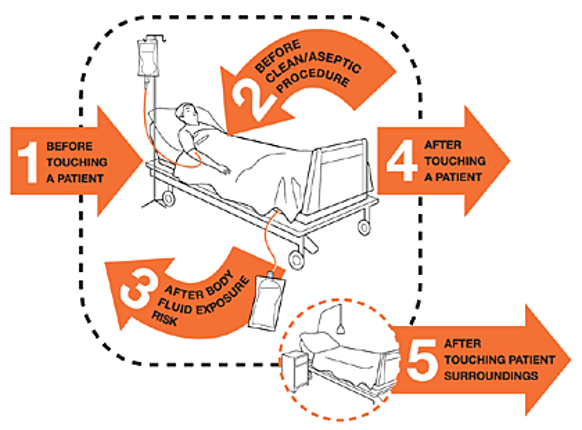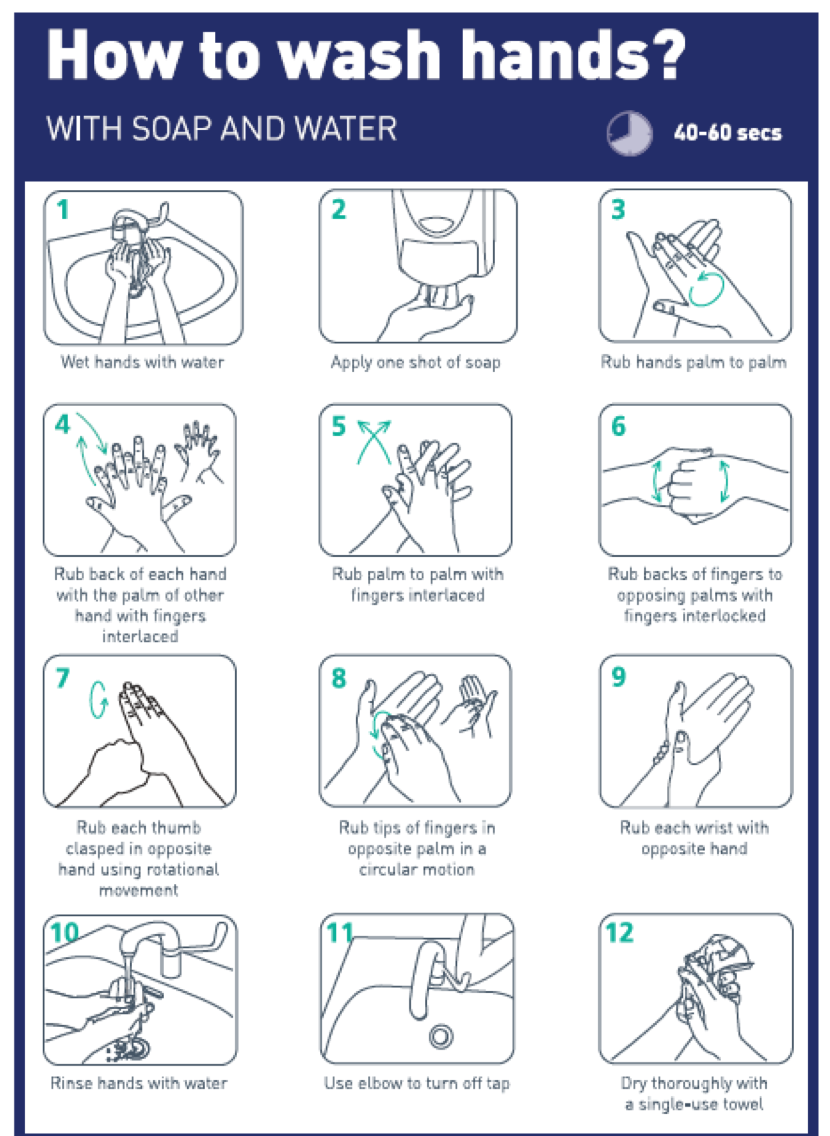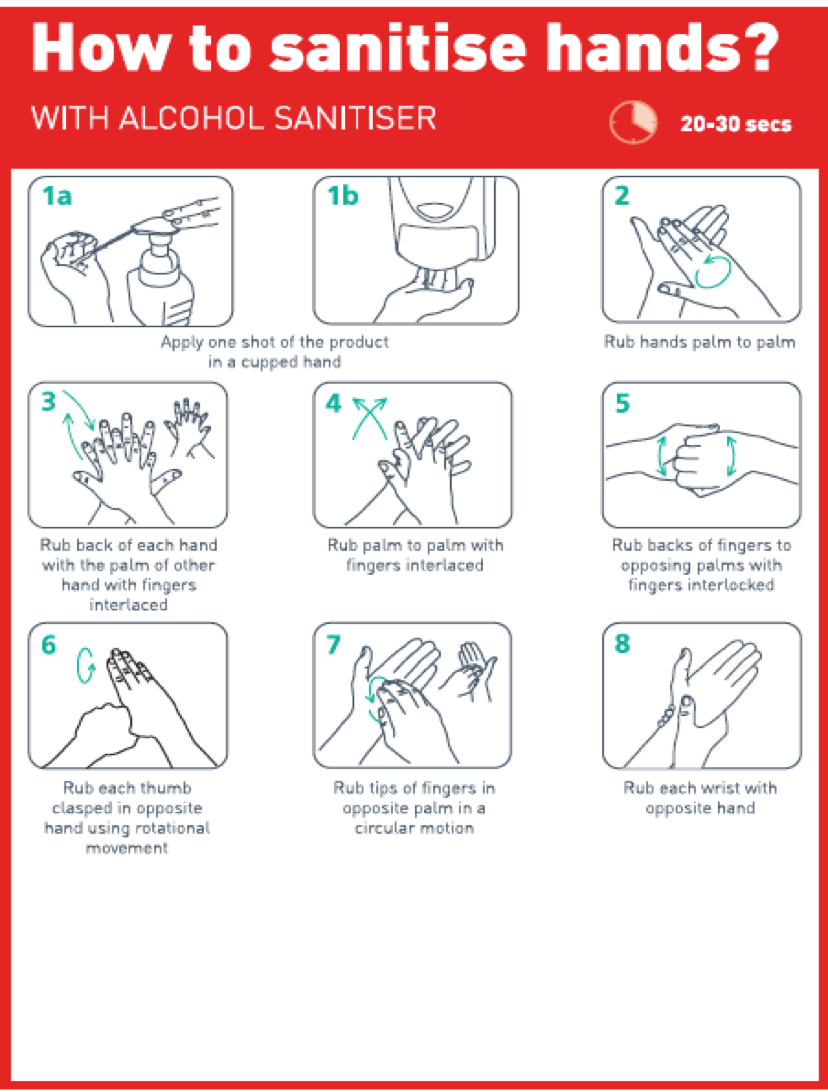DO NOT USE - ALL INFORMATION LIKELY INCORRECT IF NOT ACTIVELY DANGEROUS
Please use current guidelines available on the UHNM intranet for patient treatment
Please use current guidelines available on the UHNM intranet for patient treatment
WHEN
Around the patient
- Before touching a patient
- Before and after clean/aseptic procedure
- After body fluid exposure
- After touching a patient
- After touching patient surroundings
Five moments of care

Around the ward
- On arrival at and before leaving a ward or department
- After visiting the toilet
- Before serving/preparing food or drinks
- After any activity or contact that potentially results in hands becoming contaminated
- On entering and leaving an isolation cubicle
- After removal of gloves
CHOICE OF HAND HYGIENE PREPARATIONS
Alcohol hand rub
- Effective method of hand decontamination on visibly clean hands
- not recommended when hands are visibly dirty
- Do not use alcohol hand rub alone after caring for patients (or their equipment and environment) with suspected or known infectious diarrhoea
- such as Clostridium difficile or Norovirus
- regardless of whether gloves are worn
Soap and water
- Removes dirt, organic matter and transient flora by mechanical action
- Use hand washing with liquid soap and water
- when hands are visibly dirty or visibly soiled with body fluids or other organic matter
- when caring for patients with suspected or confirmed diarrhoea and/or vomiting
- patients with and during outbreaks of Clostridium difficile or Norovirus
- after several consecutive applications of alcohol hand rub
- after visiting the toilet
- Liquid soap alone does not provide sufficient hand disinfection before invasive procedures and surgery
Special situations
Aseptic non touch technique (ANTT)
- Before starting, wash hands with liquid soap followed by alcohol hand rub
- If required during procedure, use alcohol hand rub
Prolonged reduction in micro-organisms
- In surgery, some invasive procedures or in outbreak situations, use preparations containing antiseptic
- chlorhexidine, povidone iodine
TECHNIQUE FOR HAND HYGIENE
- Bare below elbow for all staff working within clinical areas
- no sleeves below elbow
- no wrist watches, wrist jewellery or plaster casts/wrist splints
- Do not wear false nails, nail extensions, gel nails or nail varnish
- Keep nails short and clean
- Before clinical work shift begins, remove stoned rings, wrist watches or other wrist jewellery
- Cover cuts and abrasions on hands and arms with waterproof dressings
Washing with soap and water
- Turn on taps using elbows if possible
- Wet hands under warm running water
- Apply soap or antiseptic detergent
- Lather well
- Rub vigorously for a minimum of 10–15 sec
- pay particular attention to tips of fingers, thumbs and between fingers
- Use technique that covers all surfaces of hands and wrists
- Rinse thoroughly
- Turn off taps using elbow where applicable
- some taps are sensor operated
- Dry hands with a disposable paper towel
- hand dryers are not recommended in clinical areas
- Dispose of paper towel in bin using foot operated mechanism
- prevent contamination of hands

Using alcohol-based hand gel
- Apply alcohol-based gel
- pay particular attention to tips of fingers, thumbs and between fingers
- Rub hands together until solution has evaporated and hands are dry
- ensure all areas of hands and wrists are covered and rub hands together

SKIN PROTECTION
- Apply an emollient hand cream regularly
- If any lesions or recurrent skin infections, or if any decontamination product causes skin irritation, contact occupational health team
Last reviewed: 2023-10-11